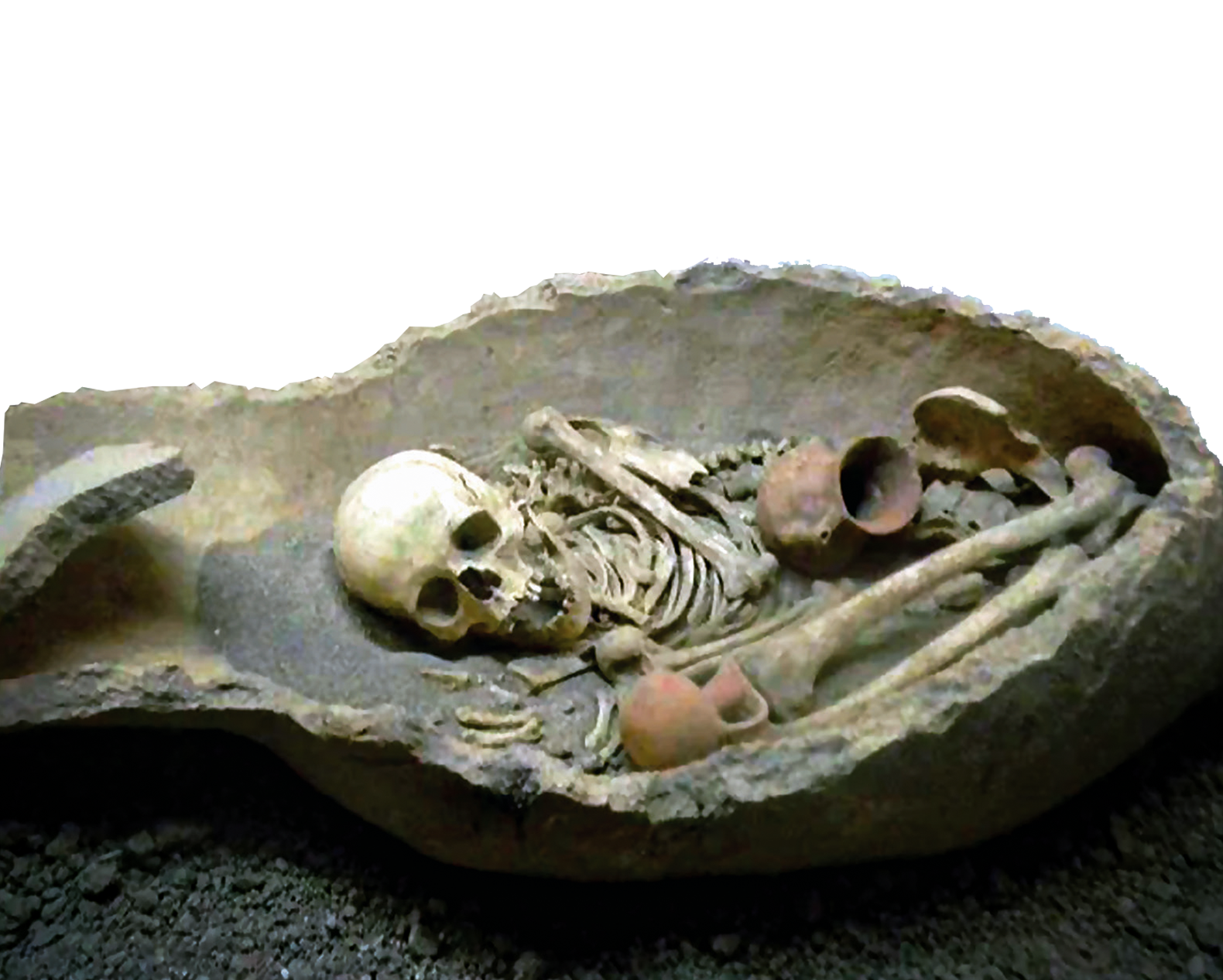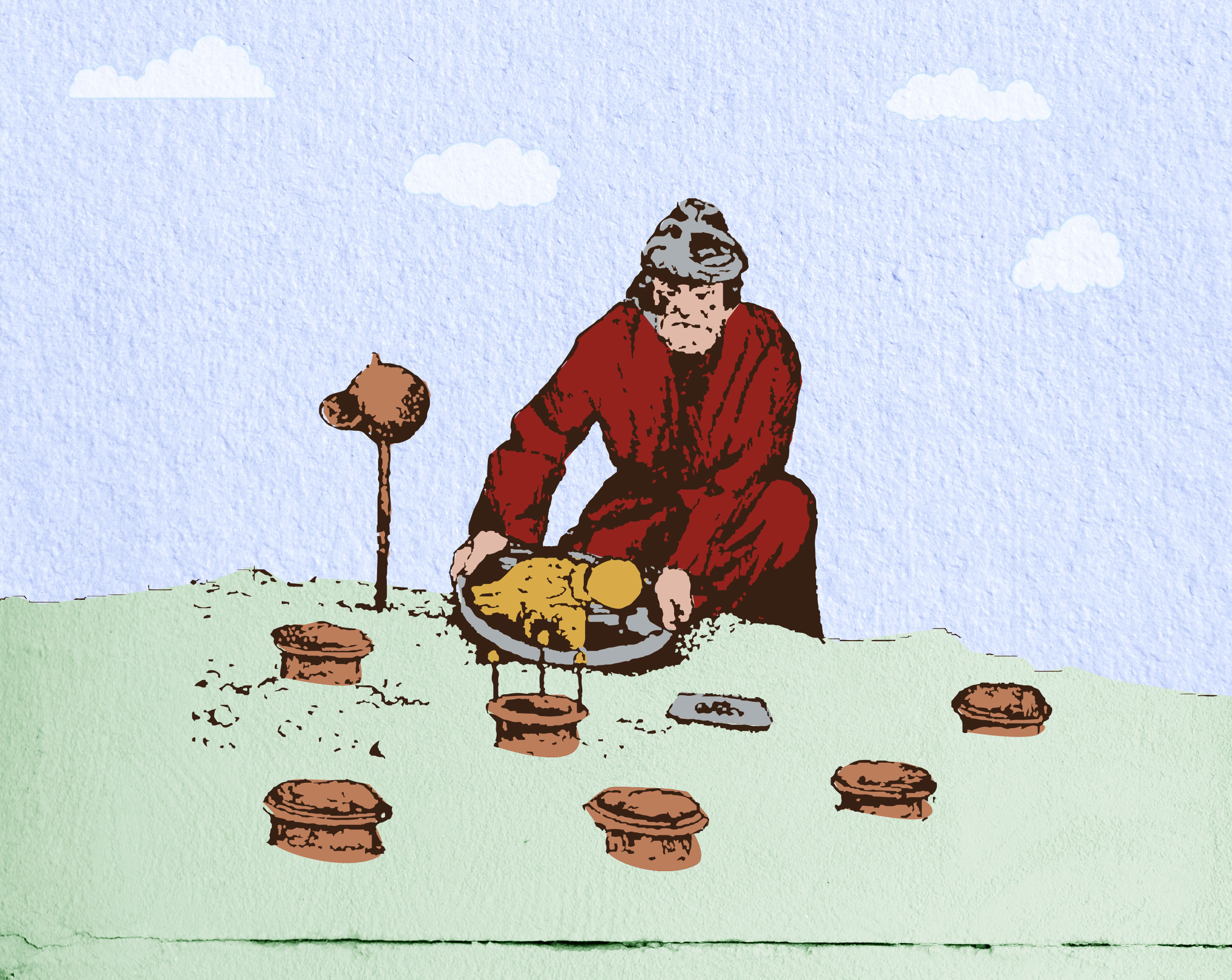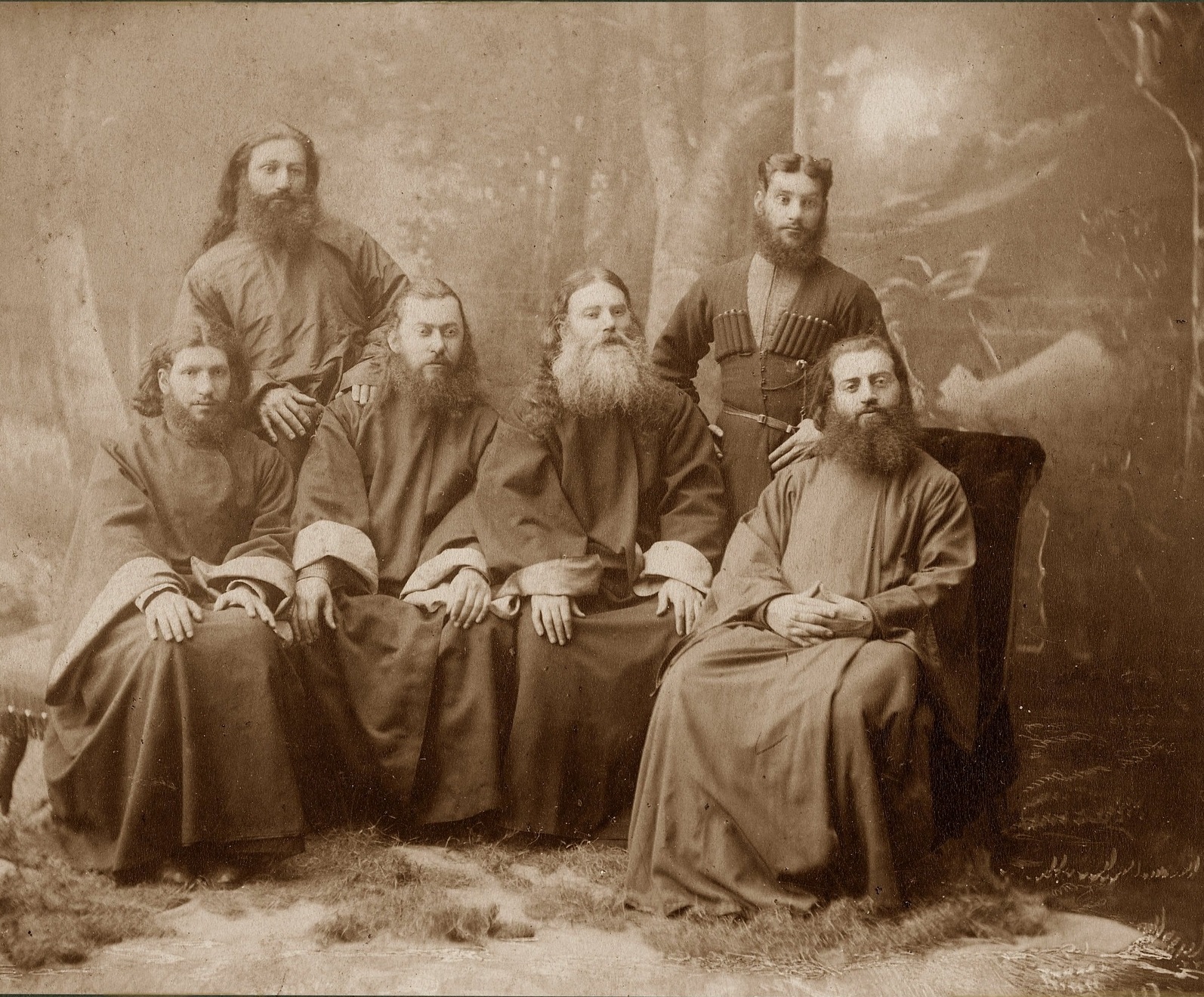“Okhvameri”: A Cult Offering
Wine is an integral part of the Georgian lifestyle. Georgians’ attitude towards viticulture runs throughout the country’s history. The vine became a symbol of Georgian identity and was therefore a frequent target for Georgia’s enemies. However, Georgians constantly tried to restore the destroyed vineyards, because wine, along with its ritual significance, was also a symbol of prosperity and abundance.
Georgia is considered one of the oldest and most important centers of viticulture. The Georgian kvevri is recognized as a unique cultural phenomenon, as are the magical-religious rites connected to it. In these rites, wine was poured for the saints in special offerings known as Zedashe.
Therefore, throughout the existence of Georgia, the wine cellar was not only a place to store wine but also a space of ritual significance: a pitcher would be buried in the name of one particular deity or another, and a wine offering would be poured into it. This ritual was performed for the benefit of the family, and the head of the family or clan offered a prayer. Ethnographic evidence from Samegrelo shows the clearest examples of family and patronymic offerings—“patronymic” referring to social groups tracing descent from a common distant ancestor—and the associated terminology in the Megrelian language is quite diverse.
In Samegrelo, the offering known as Zedashe was called Okhvameri. Related terms in other regions include Salotsvili (Imereti and Rach’a), Dada (Saingilo, today part of Azerbaijan), and Zedashe ( “wine offering” in Kartl-Kakheti). Note, however, that most of these terms, like Okhvameri, have a general, broad meaning, while Zedashe is used in a more specific sense and implies something offered to a divine power. For example, in Samegrelo, the word “Okhvameri” not only refers to the ritual performed in the cellar, but also to prayers in a church, the shrine, or cemetery.
Khvama refers to a cult offering, a term used in pre-Christian rituals and later in Christian worship. The religious significance of the concept of cult offering is also indicated by the fact that there is a tradition of using it for this purpose in other regions as well, indicated by related words in Zan/Megrelian-Ch’an (Khvama/Okhvameri) and Svan (Lakhvamial). From this point of view, Zedashe, Okhvameri, and Lakhvamial have essentially the same meaning. It seems probable that, at a certain period of history, there existed a ritual position akin to a priest—a servant of the Khvamacult— as indicated by the Megrelian word makhvameri and the ancient Georgian word mekhueshne, which both mean “confidant.”
In ancient Colchis, a deceased person would be buried in a wine vessel (later known as the okhvameri kvevri), which served as the locus for the performance of ritual sacrifice, with both wine and flesh. (see fig. #)

Kvevri burial from Samegrelo (Senaki), III century BC.
In Samegrelo, on various religious feast-days, members of a clan, representing several families and generations, would gather in the wine cellar (marani), next to the okhvameri or sazedashe kvevri, in which the ritual wine was kept, and offer prayers and sacrifices to various deities. There were many types of familial and ancestral Okhvameri offerings and they were performed on appointed days at different times of the year. Apart from the types of sacrificial animals used and other minor details, however, there was no significant ritual difference between them. Some examples of such rituals were: Sagmrto (saghvto, saghoronto) Saokhoro, whose title meant “divine” or “of God” and which was performed for the good of the house and family; Shkvituli, which was an offering dedicated to the seven days of the week, related to the Megrelian pagan astral pantheon; Tedoroba, which was related to the cult of horses; and Otutashkhuri, which was related to the moon(tutashkha means “Monday” in Megrelian, while tuta alone means “moon”).
For one of the important feast-day rituals, a separate kvevri would be buried in the cellar. This feast was known as Odudua Samgario, often shortened to Samgario and also called Didi (big) Okhvameri, indicating the use of a large shrine. The name Odudia, meaning “head” in Megrelian, indicates its higher significance compared to other offerings, while Samgario is used specifically for prayers to the archangels Michael and Gabriel.
The Odudia Samgario involved a kvevri full of wine, offered in the name of the head of the family. The kvevri with the offering wine could be opened on the Monday (Tutashkha), Thursday (Tashkha), or Saturday (Sabatoni) after Easter (Tanafa). (According to some versions, it could even be the second Monday after Easter). A pig and a rooster were killed as a sacrifice. The pig had to be a stud boar and had to have been killed and cooked. The woman of the house baked three cheese breads (kveri) specially for this day. The male head of the family would arrange the heart and liver of the slaughtered animal on the nisori (a wide wooden bowl), gather all the men of the family together and say a prayer, while they all knelt with lit candles by the pitcher of wine offering. Then they would return home, set the table and congratulate the head of the family. During the Odudia Samgario ritual, women were forbidden from entering the marani.
The Okhvameri known as Samgario they offered on the feast-day of Mariamoba (Marashina in Megrelian, August 28). One cow was raised specifically for this feast, which was called paten chkhou (master cow) or patenia (master). Its milk was used exclusively other to feed its own offspring and to make cheese, which was used to bake three bread rolls (kvarabia) and cheese breads (khach’ap’uri).
It should also be noted that the different clans living in a community would offer a khvama with various sacrificial goods: a calf, a pig, a goat, or a goat-kid (the kind of meat differed depending on the clan and sometimes the individual families). The first Monday after Easter, when this ritual was performed, was called Mikamgariosh Mara. The prayer in the marani was performed by an elder of the family and the clan, who would take the heart and liver of the slaughtered animal placed in a wide wooden bowl to the samgario kvevri, and all the men from this family and their children would kneel next to it and pray with lit candles in their hands. Then they would enter the house and continue their meal there. On this day, it was forbidden to anger anyone, especially the clan elder. The bones left on the table had to be buried in the ground so that a dog, cat, or other animal would not eat them. Women were not allowed to enter the kvevri shrine. The Patenia cow could not be sold or given as a gift. It had to grow old, and then be killed in the name of Samgario (i.e., the archangels Michael and Gabriel) by a man of a different clan. In such case, for the next festival, they had to choose a new Patenia cow. On the day when the Patenia cow was slaughtered, a pig also had to be sacrificed.
When the family stopped praying at the kvevri, they would pay aloba (“forgiveness” or “mercy”). For this purpose, an unmarried young man of the family (known in this role as Beni) would first perform a ritual prayer, then quietly steal the pitcher and shatter it some distance away. If the household was split, the Odudia Samgario kvevri remained undivided among the brothers, and continued to be used for common, patronymic offerings. Once the head of the family died, the youngest son remaining in the family home (as well as the other brothers, in their own families) could create a new Odudia Samgario kvevri.
Today, people confuse the names of saints that the okhvameri kvevri buried in the cellar are dedicated to. According to recent ethnographic field research in Samegrelo, okhvameri lagvanebi (pots used, like kvevri, for these prayers)) and related rituals are still in existence today. There have also been innovations in the performance of these rituals: a number of processes have changed, and there have been cases when the head of the family, a man or a woman, prays at the pitcher but does not remember the name of the specific saint to whom the shrine is dedicated. Today, in most cases, the khvama prayer is addressed to God (saghmtosadmi) and the okhvameri offering is performed in his name.

Martvili municipality, Khuntsi community. "Okhvameri " kvevri, 2017
Further Reading:
- 1.Gabunia, Levan. 2010. Vazo, shvilivit nazardo (Oh vine, you were raised like a child). Tbilisi: Universali,
- 2.Surguladze, Irakli. 1986. Kartuli khalkhuri ornament’is simbolik’a (The symbolism of Georgian folk ornament). Tbilisi: Metsniereba.
- 3.Chitanava, Davit. 2010. “Sitsotskhlis aghdgena-ganakhlebis idea kvevrsamarkhebshi da zedashes k’ult’ura (The idea of resurrection and renewal in kvevri tombs and the culture of ritual offering). Ist’oriul-etnologiuri dziebani, no. 12: (Historical-ethnological investigations) 105–119.
- 4.Chitanava, D. 2022. The Zedashe Culture in Georgia. Tbilisi. https://rustaveli.org.ge/res/docs/bbfbcd0ed1cc72cb8d12e4e96e9213529ad4a205.pdf
Cover image: S. Makalatia, History and Ethnography of Samegrelo, Tb., 1941.


.jpg)

